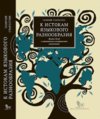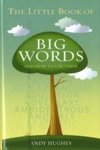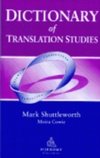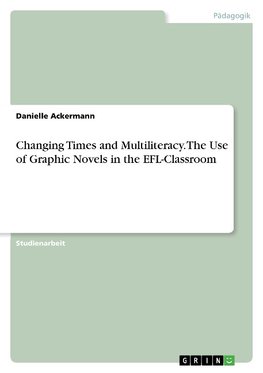
-
 Nemecký jazyk
Nemecký jazyk
Changing Times and Multiliteracy. The Use of Graphic Novels in the EFL-Classroom
Autor: Danielle Ackermann
Studienarbeit aus dem Jahr 2011 im Fachbereich Englisch - Pädagogik, Didaktik, Sprachwissenschaft, Note: 1,3, Johann Wolfgang Goethe-Universität Frankfurt am Main, Sprache: Deutsch, Abstract: Graphic novels, which are closely related to comics and manga/anime,... Viac o knihe
Na objednávku, dodanie 2-4 týždne
9.27 €
bežná cena: 10.30 €
O knihe
Studienarbeit aus dem Jahr 2011 im Fachbereich Englisch - Pädagogik, Didaktik, Sprachwissenschaft, Note: 1,3, Johann Wolfgang Goethe-Universität Frankfurt am Main, Sprache: Deutsch, Abstract: Graphic novels, which are closely related to comics and manga/anime, are today a fast growing medium in the U.S. and a new focus in literacy and language education. There is already a broad variety of Graphic Novels and they enjoy great popularity. As Callahan (2009) puts it, this medium is "exciting, with variety, controversy, diversity and literary merit". Moreover, the topics range from history and wars via politics to civil rights and also personal issues are picked out as central themes, which could serve as a great advantage in the EFL-Classroom.
Additionally, reading is one of the most important skills students need to acquire when they learn a language. Reading comprehension as information processing is a steady act of meaning construction. We are constantly confronted with various reading situations, for example, in every-day life, school, work, leisure or in self-education. Thinking of the question about what can be read, a multitude of reading situations might be enlisted. Here are just a few examples: one can read any kind of book, magazines, newspapers, manuals, subject specific and scientific literature, online-articles, medical instruction leaflets as well as letters and even any signs. Looking at those situations, there are three different functions of reading. First, one might read to get information, for instance, to find out about a specific person by using wikipedia. Second, reading because of psychological-emotional driven intentions, for example, reading a novel that one is interested in. And third, one might read to acquire a foreign language. Anyway, wouldn't it be great to combine at least two of those functions reading a novel in the EFL-Classroom?
Students always try to identify themselves with topics and they are self-motivated if they can deal with things they are interested in and that concern them, but at the same time they need to acquire various competencies in the EFL-Classroom. As Graphic Novels fulfil both criteria from my point of view, this paper wants to enlighten this medium more closely. Therefore, I would like to describe the history of Graphic Novels and the term itself first (chapter 2). The third chapter deals with changing times and changing literacies, followed by my fourth part that takes a closer look onto several advantages of using Graphic Novels in the EFL-Classroom. Finally, I would like to sum up the most important aspects in my conclusion.
- Vydavateľstvo: GRIN Verlag
- Rok vydania: 2016
- Formát: Paperback
- Rozmer: 210 x 148 mm
- Jazyk: Nemecký jazyk
- ISBN: 9783668264205
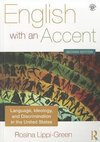

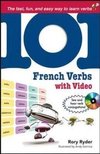
 Anglický jazyk
Anglický jazyk 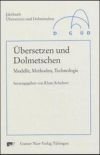

 Ruský jazyk
Ruský jazyk 

